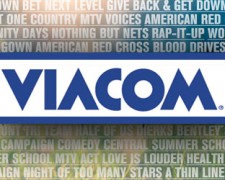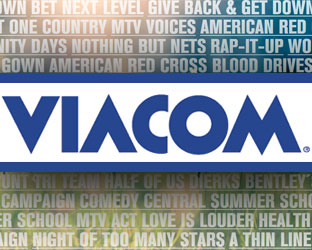 Program sources want to maximize income, and cable, satcasters and telcos want to hold down costs – and with looming audience loss as internet sources grow, analysts say that current compensation package negotiations will only get testier.
Program sources want to maximize income, and cable, satcasters and telcos want to hold down costs – and with looming audience loss as internet sources grow, analysts say that current compensation package negotiations will only get testier.
The analysis comes from SNL Kagan. It said that having a major distribution platform say good-bye to the entire Viacom package was once unthinkable. However, the handwriting was on the wall, leading Sanford C. Bernstein analyst Todd Juenger to suggest a month ago that such an event was no longer inconceivable. And now, of course, it has happened.
Kagan cites three major pivot points in the dispute:
* Viacom’s desire for higher fees, which DirecTV pegs at 30%, including increases of $0.10 cents to $0.61 for Nickelodeon and $0.07 at MTV to $0.44, according to two specific Kagan estimates. The higher prices are where fees are expected to be by 2015.
* The demand for higher prices come at a time when many of the channels in the Viacom package are losing ratings points. Nickelodeon suffered a 26% Q1 decline, MTV a 12% Q1 decline and Comedy Central a 6% Q1 decline, according to the June Bernstein report.
* DirecTV is not happy that the channels are available on so many other venues, often for free on program websites or via MVPD competitors like Netflix and others.
Still, many of the channels still maintain a strong and often like-minded fan base, and offer programming on many subscriber’s favorites list. That is one reason the impasse is not expected to last for long.
Kagan used Katz Television Group VP Bill Carroll to sum up the situation. He said, “We’re at a time where content providers, whether we are talking about cable or broadcast, are going to continue to be in arm wrestling matches with distributors, whether its cable or satellite, and in the middle is the viewer. Everyone is worried about their turf given the fact that we’re now going to broadband and mobile and all of these other ancillary platforms for viewing, which may ultimately become the primary platform as we look into the next decade. So it’s not as simple as this is the value [of a network]. It’s figuring out how all of the pieces fit together, and it doesn’t appear that it’s going to get any easier.”





